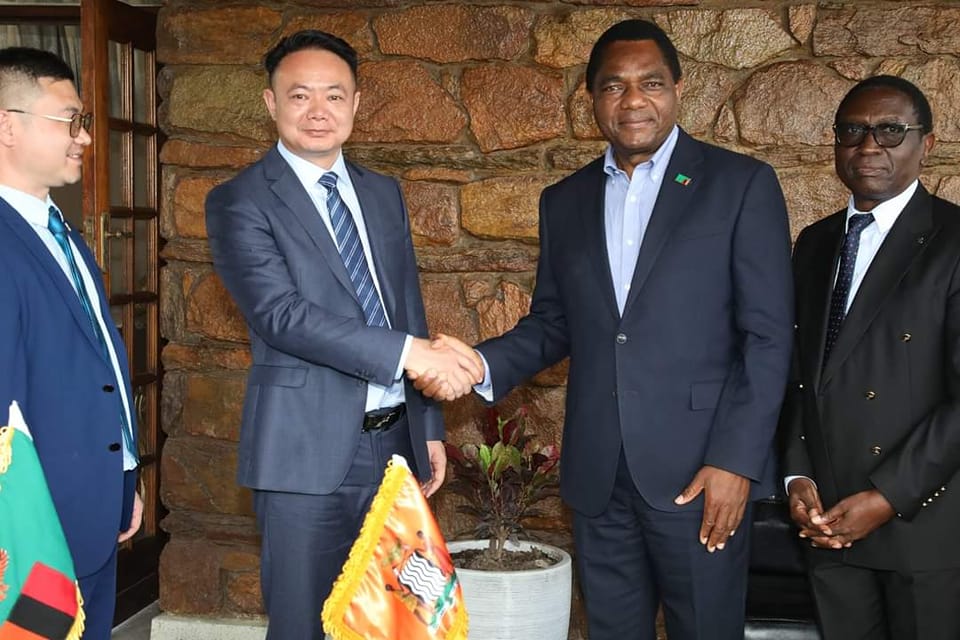Having grappled with severe power crises over the last decade, Zambia is now beginning to make giant strides in attracting investments in renewable energies to scale down the country’s dependence on hydro-generated energy.
Zambia’s energy challenges have been compounded by the fact that around 97% of electricity has historically been hydro generated. But with poor rain conditions over the years, power generation has been negatively affected. The idea now is to increase the energy mix by ramping up renewable energy generation.
In the Eighth National Development Plan (8NDP) 2022-2026, the Government’s focus is on increasing electricity generation capacity and promotion of alternative green and renewable energy sources. The Government’s plan is to increase total electricity generation capacity to 4,457 megawatts (MW) by 2026 from 3,307.43 MW in 2021.
In this whole scheme, the percentage of renewable energy in the national installed electricity capacity, excluding large hydroelectricity generation, is expected to increase to 10% from 3% over the same period.
Already, progress is beginning to be recorded, the latest being the signing of a Power Purchase Agreement (PPA) between power utility ZESCO and Integrated Clean Energy Power Company Ltd (CiEG) to produce 2,400 Megawatts of renewable energy estimated at US$3.5 billion, according to Mr Clayson Hamasaka, the Chief Communications Specialist at State House.
CiEG is an investment development and Mergers and Acquisitions (M&A) of international projects arm for China Huadian Corporation, China Huadian Corporation is a global energy company and Chinese state-owned enterprise, the 3rd largest electricity power producer in the world and is listed on Fortune 500.
The pledged US $3.5 billion investment will be rolled out in phases of 600 – 800MW over a 3-year period in 4 provinces, beginning this year with 300MW in Southern Province and 300MW in Central Province, Mr Hamasaka states.
This follows an earlier investment pledge of US$2.5 billion in 2,000MW of energy by Masdar from the United Arab Emirates.
Already, the Industrial Development Corporation (IDC) is contributing 88MW to the national grid through its two co-owned solar power plants located in the Lusaka South Multi-Facility Economic Zone — Bangweulu Power Company and Ngonye Power Company.
Bangweulu Power Company, owned 80% by Zambian Sunlight (a subsidiary of Neoen and First Solar) and 20% by IDC, is the first and largest solar photovoltaic plant in Zambia.
It is the first of its kind in Africa and currently Zambia’s largest renewable energy project constructed at a cost of $60 million with funding from the World Bank Group’s Scaling Solar Project, a World Bank initiative implemented by the IFC. The IFC provided US$ 39 million while the difference was financed through equity by IDC.
The IDC’s second project, the 34 MW Ngonye Power Company, is a US$ 40 million solar power plant owned by Italian company Enel Green Power (80%) and IDC (20%), and it was financed by the IFC, the European Investment Bank (EIB) and the IFC-Canada Climate Change Programme.
In fulfilment of the 8NDP, the IDC also has more renewable energy projects in its investment pipeline. The IDC plans to develop a 120 MW solar power plant in Siavonga (Hive Siavonga) and another 100MW solar plant in Chisamba.
Once completed, these projects are expected to increase reliable power generation capacity for Zambia.

